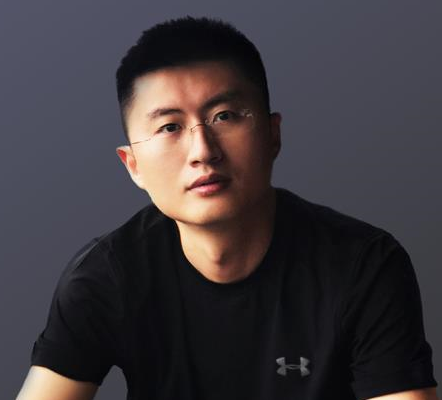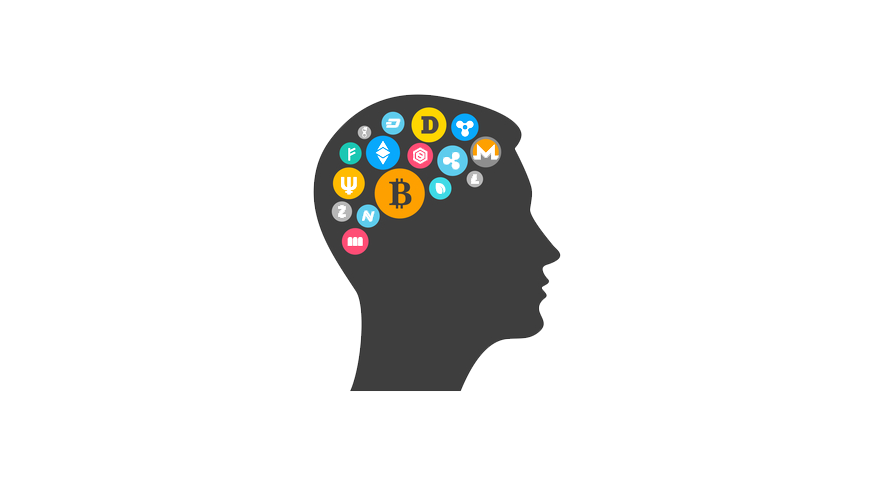For several years, Harvard psychologist and author, Steven Pinker, has been making a compelling argument that we are living in the best days of human history. Despite the dirge of negative news headlines and the chaotic laurels of world leadership, things are actually looking pretty good. While interviewing Pinker for Vox, Sean Illing notes that “Pinker highlights the data on education, literacy, wealth and longevity to make the broader case that life, on the whole, is getting better. He also rebuts dystopian arguments about the dangers of technology…”
Indeed, technology is actually responsible for many of the ways that our world has improved in the last several decades. As new technologies have enabled new methodologies to thrive, everything from scientific breakthroughs to great economic aptitude has occurred. Now, blockchain is poised to make its contribution toward the proliferation of technology’s capability and reach.
In 2017, the blockchain, encouraged by its successful role accounting for cryptocurrencies, broke onto the international stage. Small startups and major corporations including Microsoft, IBM, Mastercard, and JP Morgan Chase are pursuing blockchain technology as a next-generation force that can revolutionize their businesses practices.
Everything isn’t Perfect in Paradise
Currently, many disparate blockchains with unique features and characteristics comprise the blockchain space. Some are larger and more prominent than others, but they all have one thing in common: they are unique unto themselves.
As a result, when research and consulting firm, Deloitte, published its 2018 tech trends, blockchain connectivity was one of the most mentioned topics in the report. “Though a lack of standardization in technology and skills may present short-term challenges, expect the broader adoption of blockchain to advance steadily in the coming years,” the report contends.
Ultimately, much of the blockchain’s ability to achieve its most ardent potential resides in its ability to connect with other blockchains. Although those capabilities have been extremely limited up to this point, new improvements are increasingly making it possible for blockchains to connect.
A Blockchain for Blockchains
Fusion, a blockchain-based platform, connects blockchains while also including off-chain assets in its functionality. It has been described as a “blockchain for blockchains,” and it’s the solution for this new technology that is highly capable but also incredibly disconnected.

Founded by DJ Qian, the man behind popular platforms Quantum and VeChain, Fusion is an inclusive platform that utilizes the blockchain’s smart contracts to create an interoperable and highly connected blockchain ecosystem, and recently raised $50 million in its token crowd sale. The platform is an open code public blockchain, and it’s maintained by the Fusion Foundation and its core community.
Although it’s not the only cross-chain option available, many of its best features are unique to its platform. For instance, Fusion is the only cross-chain platform that offers parallel computing, multiple triggering mechanisms, and off-chain data support. Moreover, Fusion is one of only two platforms that provide multiple token smart contract inclusivity.
The use cases for such a platform are as broad as our ability to conceive of blockchain technology. Its primary emphasis is transactional. Fusion enables cross-token and cross-chain transactions, smart contracts, and other high-level tokenized applications.
Realizing the Future Now
In 2016, McKinsey and Company described the blockchain as having the potential to “revolutionize the world economy.” Since that time, the blockchain’s popularity has exploded, but it would be difficult to say that the world economy, or any industry for that matter, has been truly transformed. However, by solving the blockchain’s limitations regarding interconnectivity, Fusion is equipping the blockchain to realize its future potential right now.
When companies, platforms, and services can all connect via this incredible technology, their potential can be manifested as tangible results that improve processes, companies, and even, in the best cases, humanity.






















